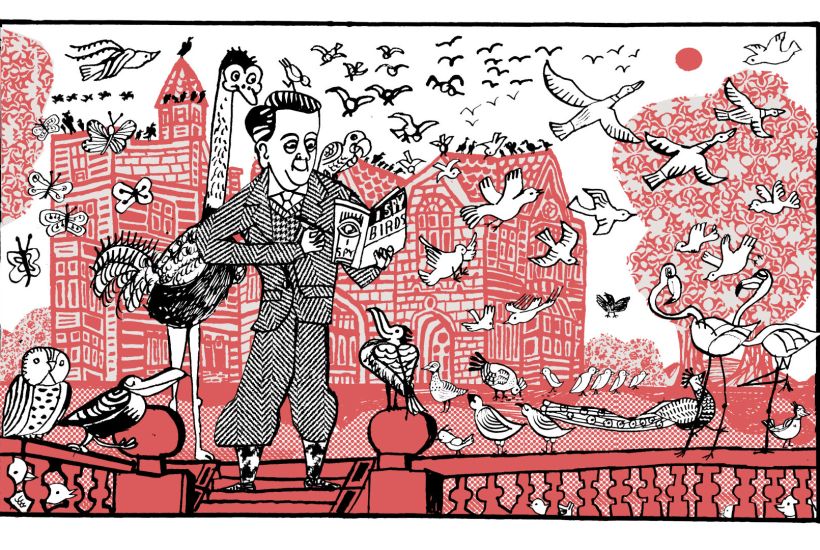The Duke of Norfolk is best known for presiding over the coronation as hereditary Earl Marshal, but what really gets him excited is a native farmland bird, the grey partridge. Nearly 20 years ago he was appalled to learn from the veteran ecologist Dick Potts that the species was down to its last three pairs on his estate in Sussex and about to go extinct.
Already a subscriber? Log in
Subscribe for just $2 a week
Try a month of The Spectator Australia absolutely free and without commitment. Not only that but – if you choose to continue – you’ll pay just $2 a week for your first year.
- Unlimited access to spectator.com.au and app
- The weekly edition on the Spectator Australia app
- Spectator podcasts and newsletters
- Full access to spectator.co.uk
Or
Unlock this article
You might disagree with half of it, but you’ll enjoy reading all of it. Try your first month for free, then just $2 a week for the remainder of your first year.








Comments
Don't miss out
Join the conversation with other Spectator Australia readers. Subscribe to leave a comment.
SUBSCRIBEAlready a subscriber? Log in